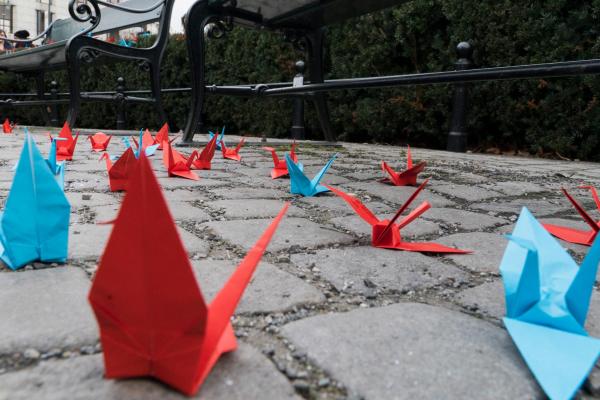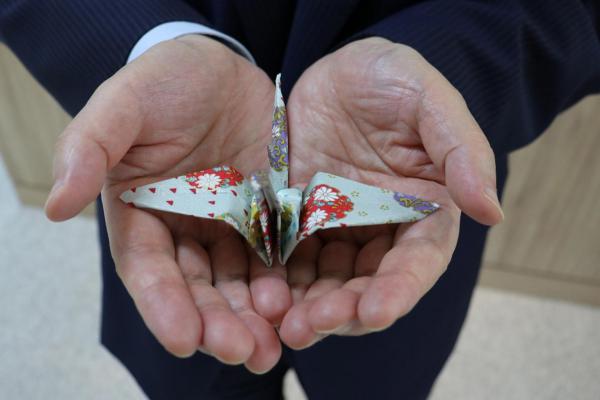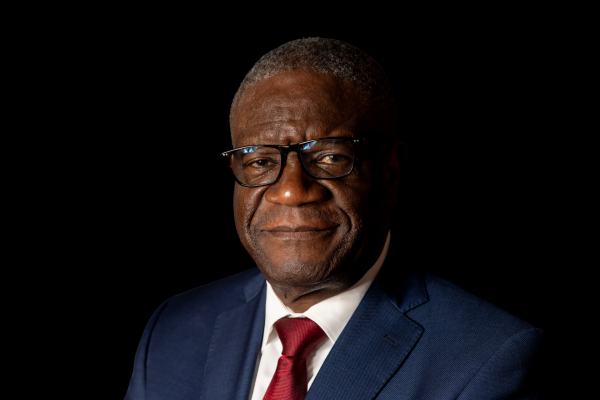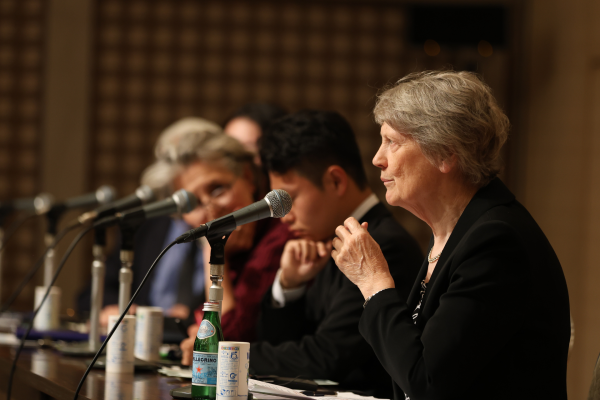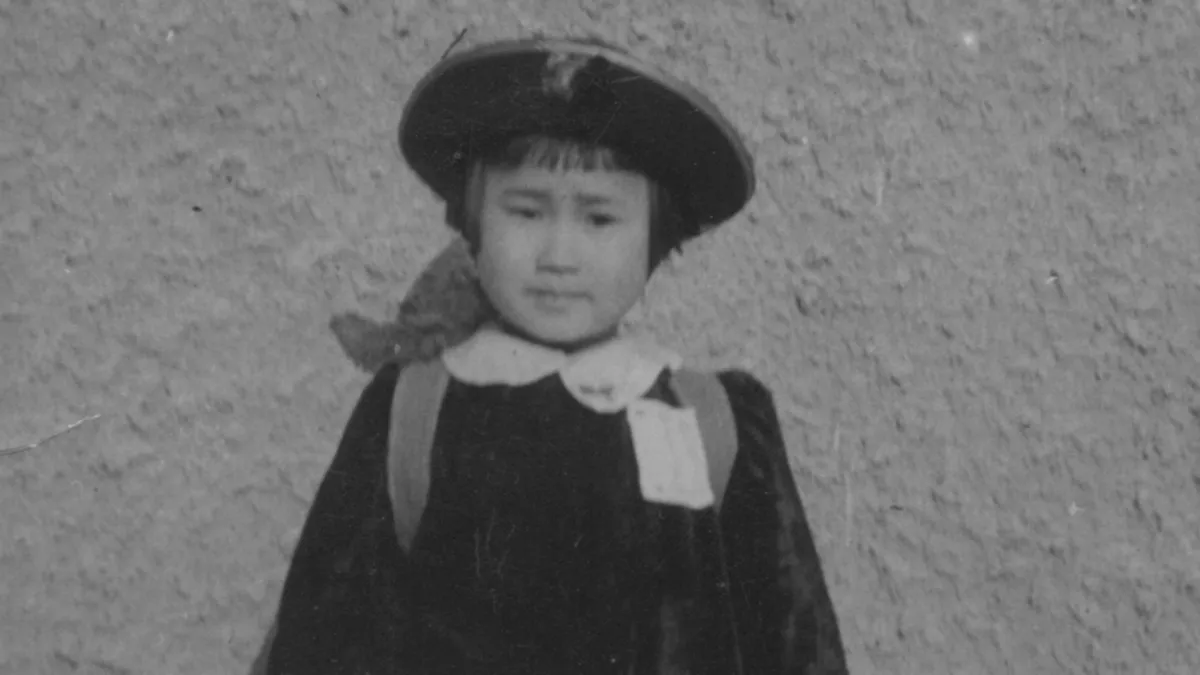
Sadako was two years old, and two kilometres away from the atomic bomb when it was dropped on Hiroshima. Most of Sadako’s neighbors died, but Sadako wasn’t injured at all, at least not in any way people could see.
Up until the time Sadako was in the seventh grade (1955) she was a normal, happy girl. However, one day during a school race that she helped her team win, she felt extremely tired and dizzy. This got worse and worse, until one day Sadako became so dizzy that she fell down and was unable to get up. Her school-mates informed the teacher, and Sadako’s parents took her to the Red Cross Hospital to see what was wrong with her. Sadako found out that she had leukemia. At that time they called leukemia the “A-bomb disease”. There was a low survival rate for 'A-bomb disease and Sadako was very scared.
During Sadako's stay in the hospital, her best friend, Chizuko, came to visit her. Chizuko brought some origami (folding paper) and told Sadako of a legend. She explained that the crane, a sacred bird in Japan, lives for a hundred years, and if a sick person folds 1,000 paper cranes, then that person would soon get well. After hearing the legend, Sadako decided to fold 1,000 cranes and pray that she would get well again.
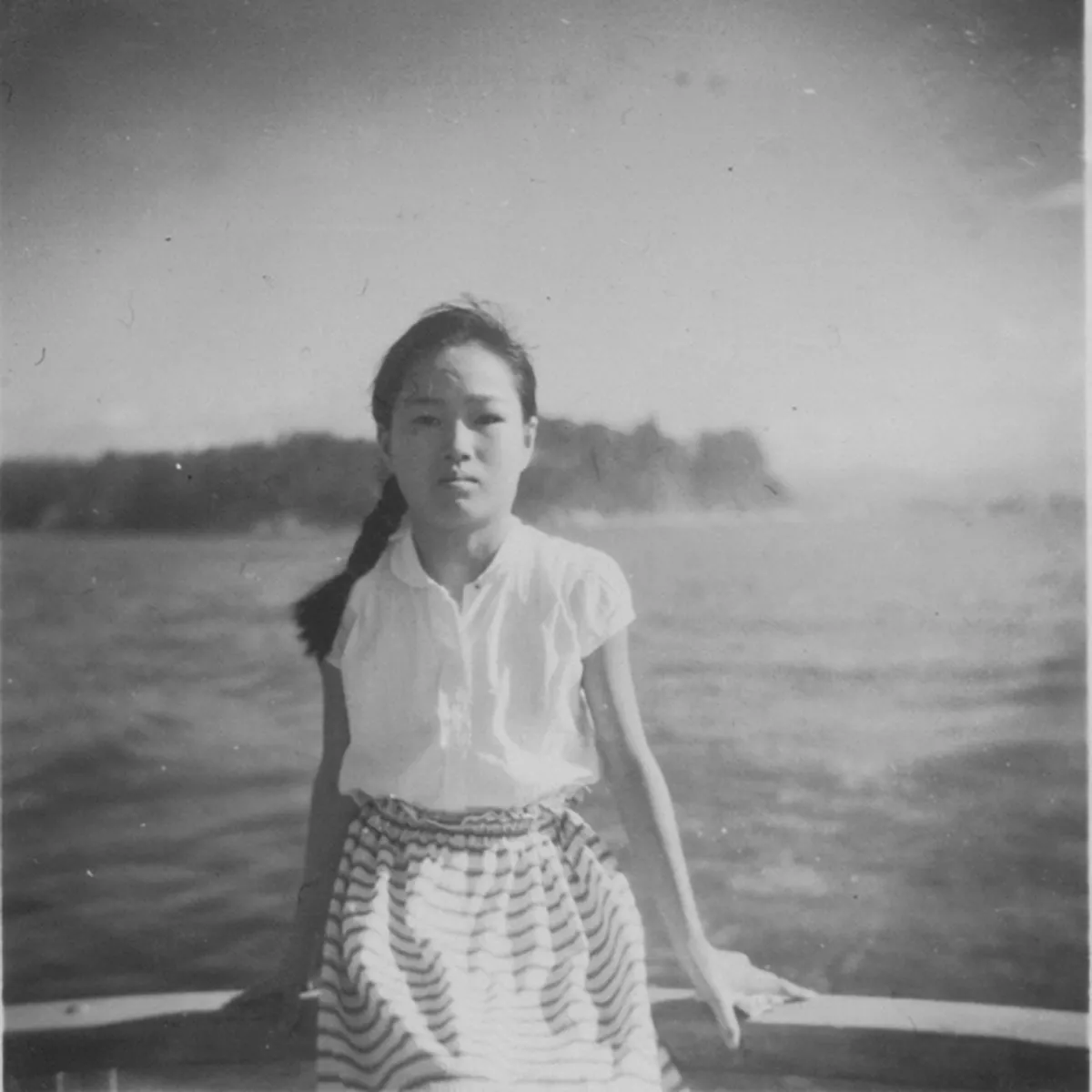
Sadako kept folding cranes even though she was in great pain. Even during these times of great pain, she was known by hospital staff and other patients as cheerful and helpful, and always asking for scraps of paper or material to continue folding cranes. Although Sadako knew she would not survive, she folded well over 1,000 cranes and continued to be strong for the sake of her family. In October 1955, with her family standing by her bed, she died.
Sadako’s classmates had lost many of their friends to the A-bomb disease and were saddened by the loss of Sadako. They decided to form a unity club to honor her and stay in touch after they all left school, which grew as students from 3,100 schools and from 9 foreign countries gave money to get a statue built to recognise the many children who lost their lives because of the bomb. On May 5, 1958, almost 3 years after Sadako had died, enough money was collected to build a monument in her honour. It is now known as the Children’s Peace Monument and is located in the center of Hiroshima Peace Park, close to the spot where the atomic bomb was dropped.
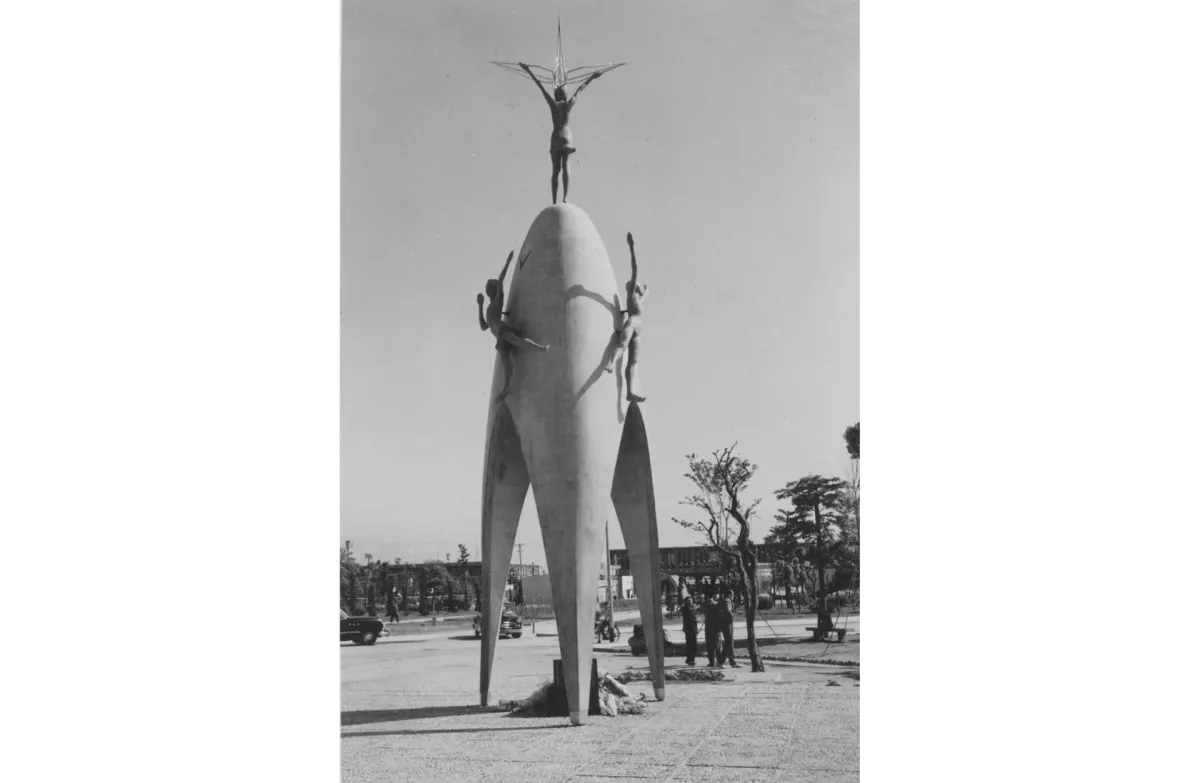
The act of folding a crane started by Sadako and her classmates turned into a national, then an international, children's peace movement. Children from all over the world still send folded paper cranes to be placed beneath Sadako’s statue. In so doing, they fulfill the wish engraved on the base of the statue:
This is our cry, This is our prayer, Peace in the world.
Sadako's brother, Masahiro Sasaki, has written a guest blog about his memories of Sadako.


